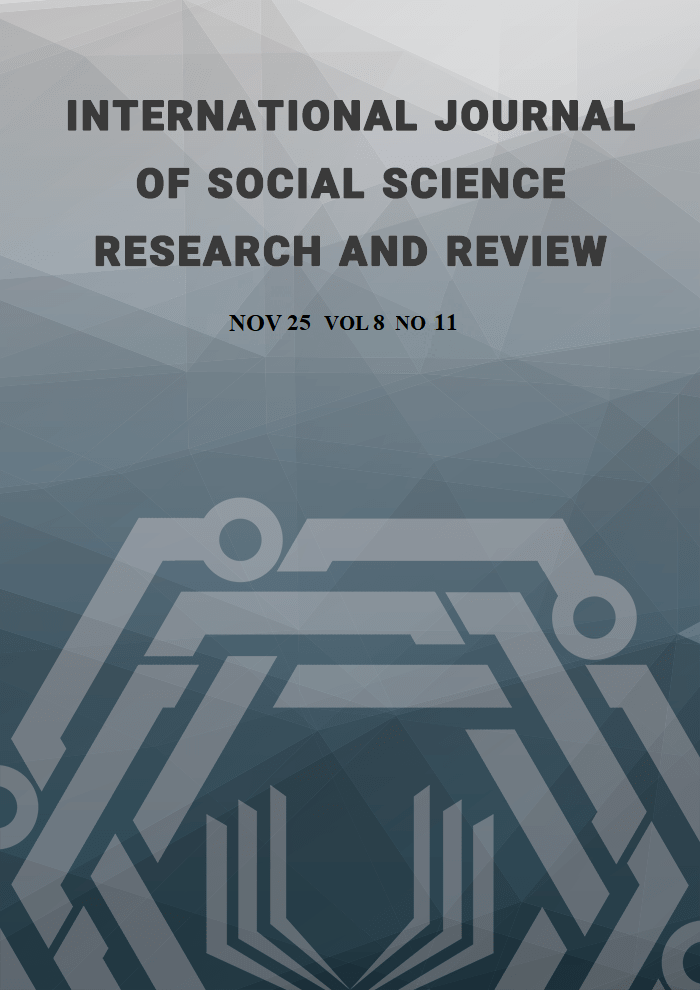An Examination of the Impact of the Exchange Rate on Gross Domestic Product (GDP) in Afghanistan Utilizing a Vector Autoregression (VAR) Model
Abstract
Given that the exchange rate is considered one of the most pivotal macroeconomic variables, and its fluctuations exert a considerable influence on other economic indicators such as Gross Domestic Product (GDP) and inflation, the primary objective of this research is to examine the impact of the exchange rate on Afghanistan's GDP. This investigation utilizes data spanning the period 1385-1399 (Solar Hijri, corresponding to approximately 2006-2020 Gregorian) and employs a Vector Autoregression (VAR) model. The empirical findings reveal a statistically significant negative relationship between the exchange rate variable and Gross Domestic Product. This significance is primarily attributed to increased imports, particularly of luxury goods, and the consequent currency outflow from the country. Furthermore, significant positive correlations are established between GDP and both exports and gross fixed capital formation. This implies that fostering export growth and augmenting gross fixed capital formation, with a strategic focus on enhancing the global competitiveness of exportable goods, coupled with diligent governmental attention to supplying requisite machinery and equipment to active economic entities, can be conducive to positive economic performance.

This work is licensed under a Creative Commons Attribution-NonCommercial-NoDerivatives 4.0 International License.
Copyright for this article is retained by the author(s), with first publication rights granted to the journal. This is an open-access article distributed under the terms and conditions of the Creative Commons Attribution license (https://creativecommons.org/licenses/by-nc-nd/4.0/).





